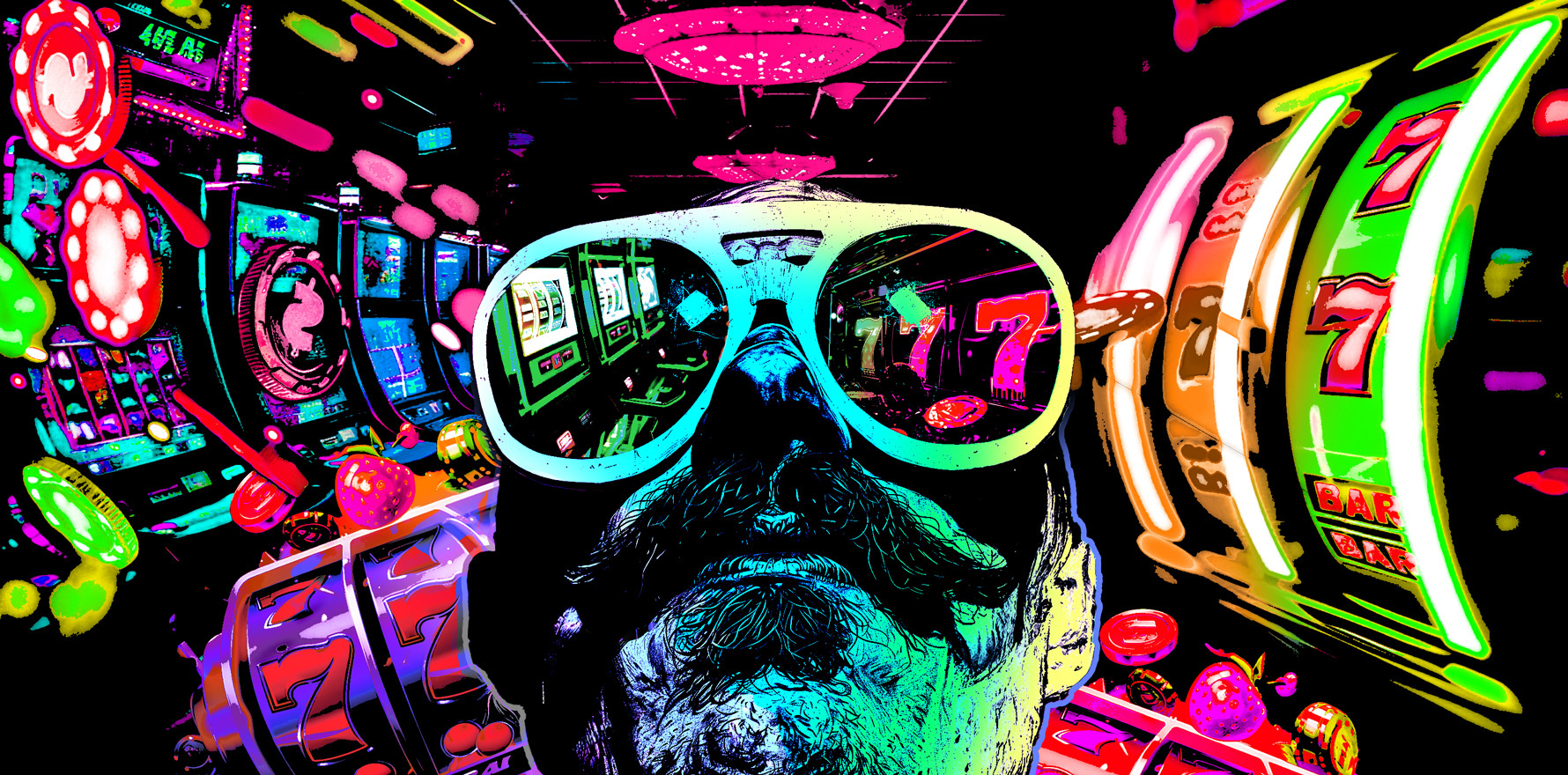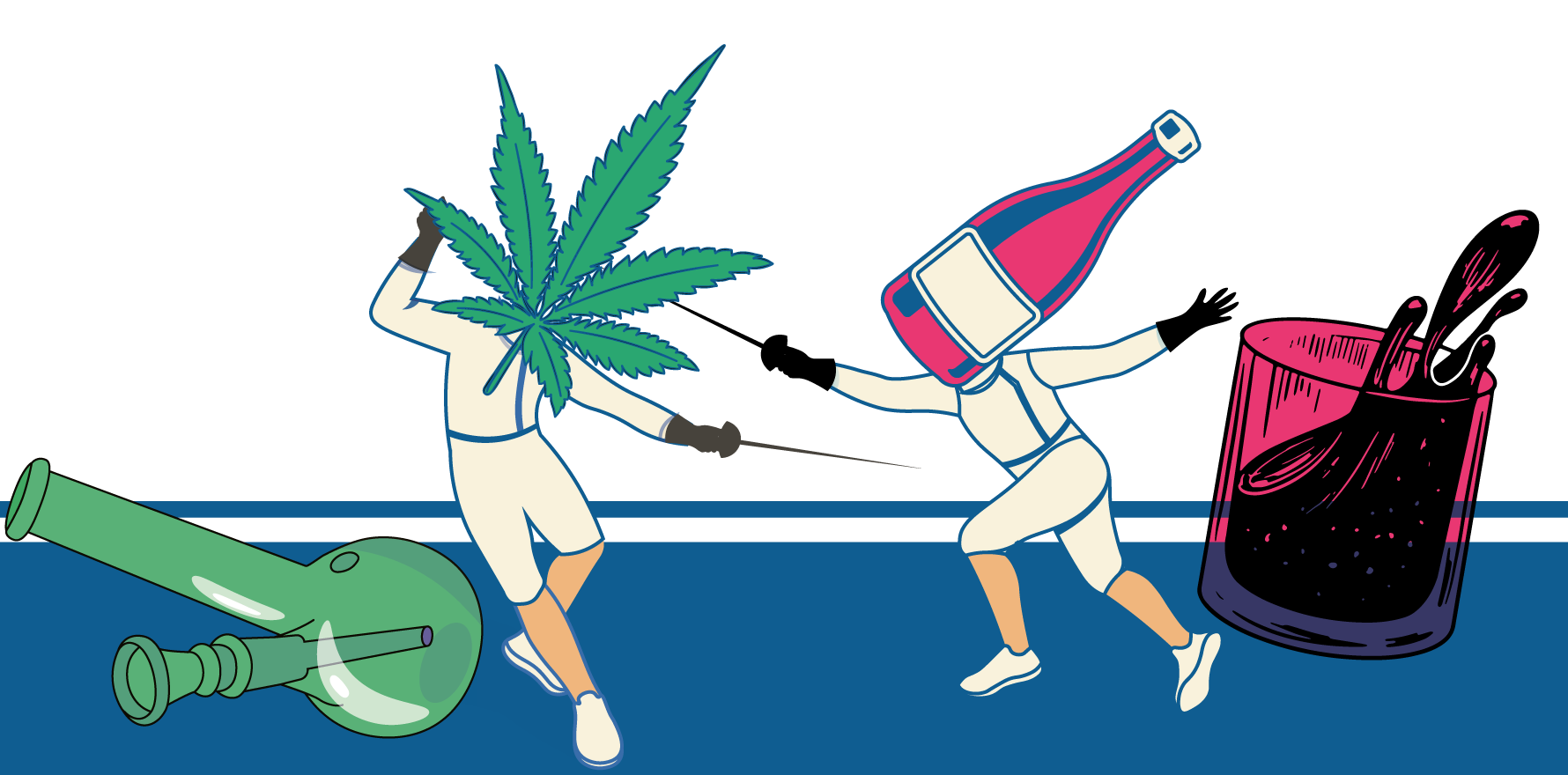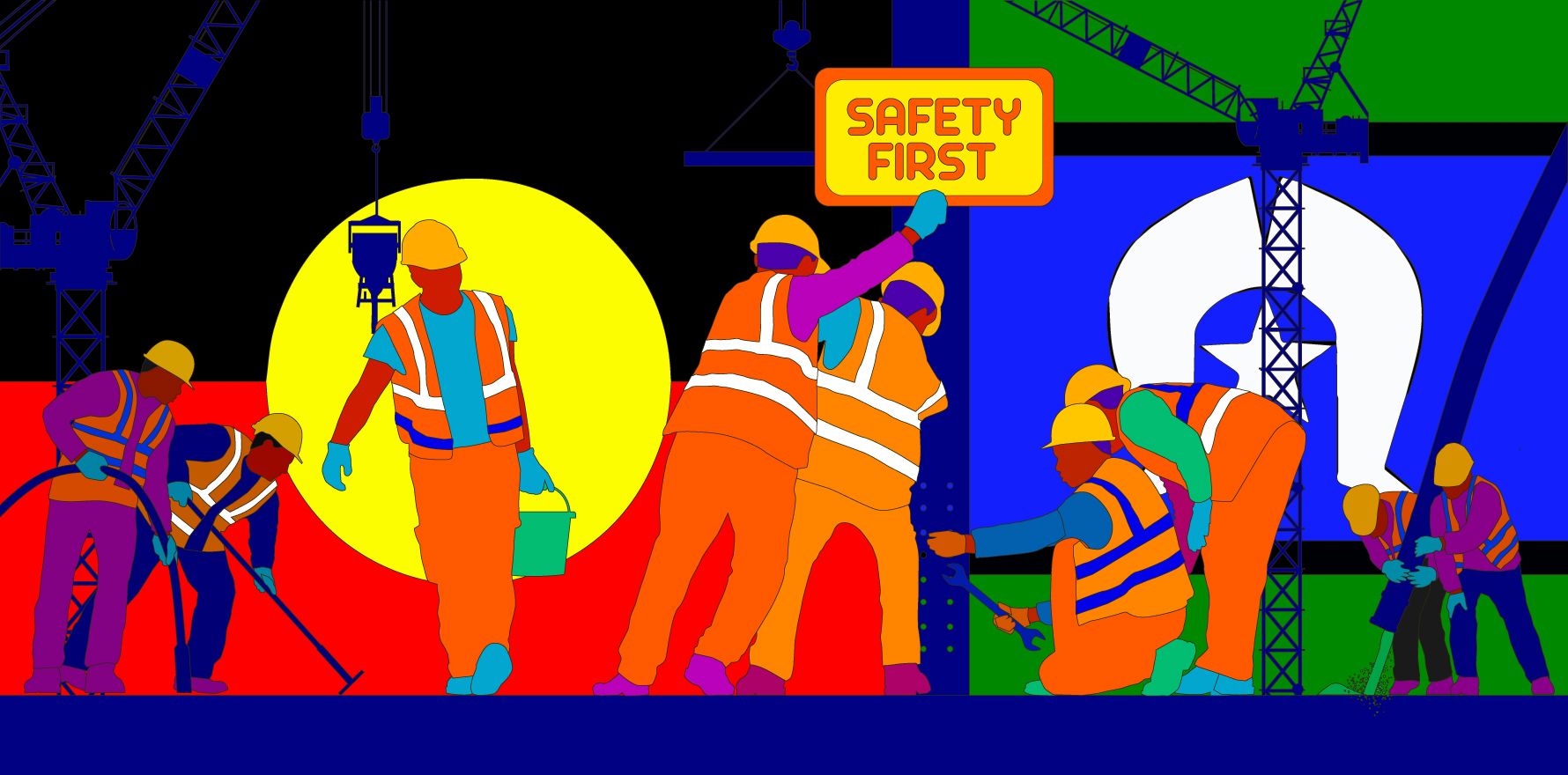Models are only worthwhile if they pave the way to a solution.
I’d like to share some new information I encountered at a medical conference in Singapore recently concerning behavioural addictions. It seems timely as the media have been reporting on the harms of social media.
In my mind, excessive use of social media shares many of the characteristics of gambling, gaming, shopping, or porn addiction.
But let me first share a fable:
The Lie said to the Truth: “Let’s take a bath together, the well water is very pleasant.” The Truth, still suspicious, tested the water and found out it was indeed very pleasant. So, they undressed and bathed. But suddenly, the Lie leapt out of the water and fled, wearing the clothes of the Truth. The Truth, furious, climbed out of the well to get her clothes back. But the World, upon seeing the naked Truth, looked away, with anger and contempt. Poor Truth returned to the well and disappeared forever, hiding her shame. Since then, the Lie runs around the world, dressed as the Truth, and society is happy, having no desire to know the naked Truth.”
Neuroscience makes no distinction between an addiction to a substance or to a behaviour. In terms of behaviours, as well as gambling and gaming, these include shopping addiction, pornography and so on. The American Society of Addiction Medicine (ASAM) published the following definition in 2011:
Addiction is a primary, chronic disease of brain reward, motivation, memory, and related circuitry. Dysfunction in these circuits leads to characteristic biological, psychological, social, and spiritual manifestations. This is reflected in an individual pathologically pursuing reward and/or relief by substance use and other behaviours.
Notice that they make no distinction between “substance use and other behaviours”.
In 2019, ASAM updated its definition to:
Addiction is a treatable, chronic medical disease involving complex interactions among brain circuits, genetics, the environment, and an individual’s life experiences. People with addiction use substances or engage in behaviours that become compulsive and often continue despite harmful consequences. Prevention efforts and treatment approaches for addiction are generally as successful as those for other chronic diseases.
The change was to signal that at a population level, “addiction” treatments are as efficacious as treatments for asthma or hypertension.
Let’s drill down to gambling addiction, or as I prefer to call it, an unhealthy relationship with the behaviour of gambling.
The act of gambling produces an anticipatory reward in the form of a dopamine dump. For about two years, I religiously bought a weekly Lotto ticket. This was my weekly binge dopamine intoxication. I would feel “high” when buying the ticket, and again as the draw was being televised live. Even though I never won, these dopamine releases became learnt conditioning and, over time, dysregulated my brain’s reward circuits.
Act 1 of my gambling play was complete.
Act 2 saw me described as “a happy user” of gambling to obtain my weekly dopamine hit.
Act 3 introduced me to cognitive dissonance. My preoccupation with the anticipatory high of winning began to be disturbed by negative withdrawal effects of not winning.
My supraorbital prefrontal cortex responsible for my executive function or logical brain, would say: “You’re an idiot, the only winner in Lotto is the corporation. The truth is that you will never win.”
My subconscious, which includes the limbic system and nucleus accumbens, lateral tegmental area, amygdala etc., or emotional brain, would counter with: “Of course you might win, someone wins every week, and it could be you. After all, you deserve to win; just stick with it. Don’t listen to logic.”
Additionally, there was reward in the titillating moments of a dopamine dump. This is the perfect party for one; the perfect distraction from boredom or any deep psych-ache which may have been generated in the First 2000 Days of life (the period from pre-conception through to five years). So now there was a war going on in my head.
Related
Philosophers, poets and therapist have always known that the emotionally elevated brain will eat the logical brain for breakfast. At the least there is conflict.
The dissonance comes from not knowing a lie in stolen clothes from the truth. This becomes painful. After two years, when the return on investment became a negative sum game, I quit and haven’t bought a lottery ticket since.
Regrettably, gamblers quite often also have an unhealthy relationship with alcohol or other substances or behaviours, which will help assuage that pain. (I probably have a residual shopping addiction.) Add social isolation and the result is devastating.
Experiences during the First 2000 Days period have consequences for health and wellbeing across the lifespan, for multiple generations. According to this framework, personality begins being formed during this time. If there is perceived trauma, people will on a continuum prefer or shun the company of others, because they associate others with reward (pleasure) or punishment (pain).
Simply, addiction is having a party for one, or solo self-soothing, in contrast to connection with others. Hence an individual’s social identity is a pathway both into and out of unhealthy relationships. The question then is not why you gamble but why the pain.
So that’s the model. But models are only worthwhile if they pave the way to a solution.
A concurrent model, the Social Identity Model of Recovery, posits that belonging to multiple groups is pivotal to the necessary life-changing transition, as is compatibility of pre- and post-change identity. Recovery is therefore moving from an unhealthy relationship with the behaviour to a healthy relationship with positive group membership or taking on a new health identity.
The first good news is that motivational interviewing works. Motivational interviewing consists of insight raising, exploring the function of the “addictive” behaviour, understanding the fears and obstacles to change or the return on investment of change and recognising the gap between the unhealthy behaviour and the person’s goals.
Recovery is increased when family and significant others are included in the therapy. After all, preferencing a party for one is frustrating for others. They are effectively being replaced by another “love interest” and feeling resentment and jealousy.
The second good news is that having recovered from early existential trauma, there are the benefits of post-traumatic growth. But this insight is not new. Rumi, a celebrated 13th-century Persian poet, wrote that “the wound is the place where the light enters you”.
The bad news is that if you accept this model, then an unhealthy relationship with gambling behaviour is a result of early childhood trauma, and the commonality with all other abnormal relationships is a pathological search for the self-soothing effects of the internal drug dopamine or dopamine-like substances. The kicker is that if a drug is the cause, the best treatment is not another drug.
The effective treatment is a relationship with a trusted therapist and re-establishing a connection with positive social capital. These two elements will overcome the shame felt by the Naked Truth and entice her back from the well and into the light of day.
Associate Professor Kees Nydam was at various times an emergency physician and ED director in Wollongong, Campbeltown and Bundaberg. He continues to work as a senior specialist in addiction medicine and to teach medical students attending the University of Queensland Rural Clinical School. He is also a poet and songwriter.





